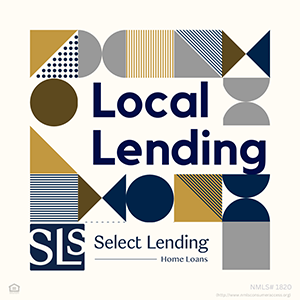
Is an Adjustable-Rate Mortgage a Good Idea?
If you’re shopping for a mortgage, you need to decide whether to choose one with a fixed or adjustable interest rate. An adjustable-rate mortgage, or ARM, might be a good idea if you’re only planning to stay in your home for a short period of time, but you need to ask questions and read the fine print first. You might be surprised by skyrocketing payments if you don’t understand the terms clearly.
How an ARM Works
With a hybrid ARM, the interest rate will change periodically based on market conditions. That means your monthly payments will also change. The interest rate will be fixed for a period of time, and then it will adjust periodically after that. The interest rate is typically low at the beginning, but it may rise dramatically once the fixed-rate period ends and the adjustment occurs. The lender decides which index to use to set the interest rate and adds a margin to the index to determine the interest rate on the mortgage.
Some lenders offer an initial discounted interest rate that is less than their fully indexed rate. This usually ends when the interest rate adjusts for the first time, which means the interest rate can rise significantly. The amount the interest rate can go up is capped periodically (from one adjustment period to another) and over the lifetime of the mortgage.
With an interest-only ARM, your payments for the first several years will only go toward interest. After that, you will need to pay for both interest and principal, which means your payments could skyrocket overnight.
A payment-option ARM allows you to decide every month whether you want to make a payment toward principal and interest, interest only, or a smaller payment that does not cover the total cost of interest. If you choose the last option, the unpaid interest and principal are added to the total amount of the mortgage.
Potential Problems
Many people have gotten into trouble with ARMs because of negative amortization. That happens when the amount of payments made is not enough to cover interest. The amount of unpaid interest is added to the loan, and then interest is charged on that. This means the total balance on the mortgage can actually increase, even if you make payments on time every month. Avoid an ARM if negative amortization is possible.
Some ARMs have prepayment penalties. You might have to pay thousands of dollars if you decide to sell your house or refinance your mortgage.
Weigh the Pros and Cons
The most attractive feature of an ARM is the low, fixed rate for the first several years. This could help you save a significant amount of money if you plan to sell your house before the rate adjusts. If you decide to stay in your house longer, your payments could become too much for you to handle. Before you choose an ARM, think carefully about your future plans and make sure you understand the terms.

